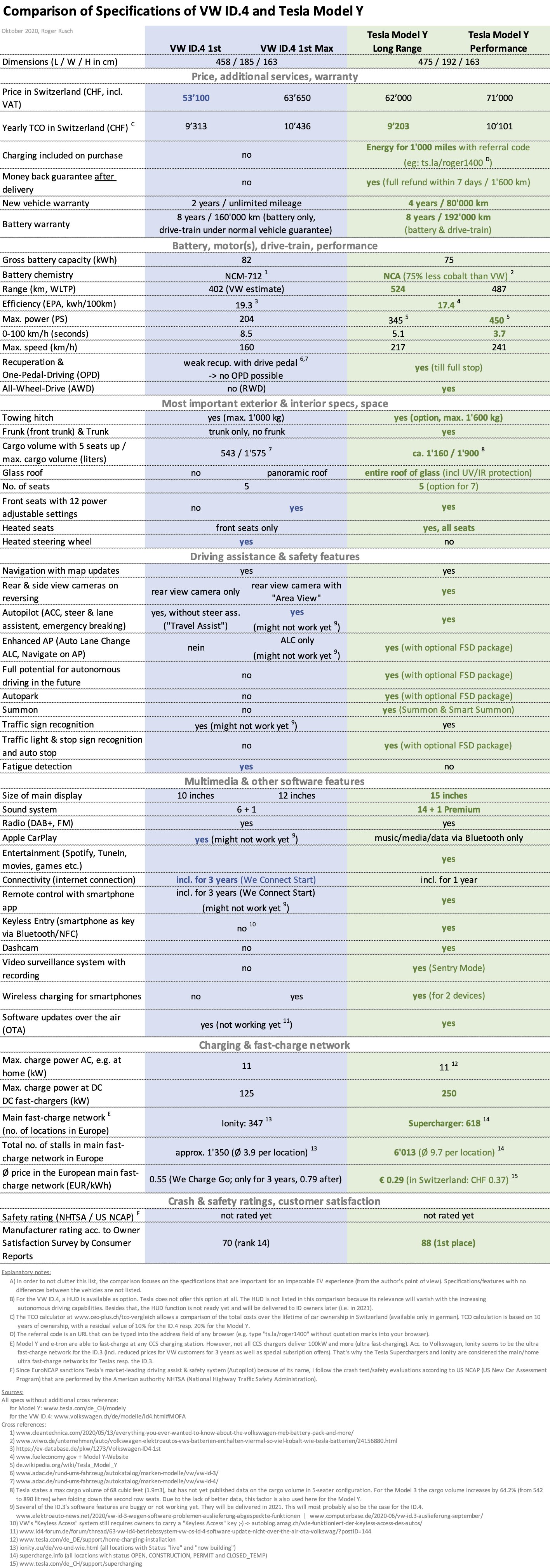Watch out Tesla!
Hyundai begins building electric vehicle hub in Singapore
Speaking at the groundbreaking ceremony, Singapore Prime Minister Lee Hsien Loong said the facility may produce up to 30,000 electric vehicles (EVs) annually by 2025 and represents an investment of S$400 million ($295 million).
30,000 a year is stiff competition for Tesla (2013). Not so much for Tesla 2020 or 2022.
By 2022 I think it is quite possible the Model S will transition to large front and rear body casts with battery in chassis of course starting with plaid, but eventually moving to all MS. With this the price of the MS will go down and driving dynamics up. The big question is will the Lucid finally push Tesla to do a serious interior refresh or will they instead focus their resources on other new models like cyber truck. Without a significant interior refresh, the Lucid has a niche to grow into.
The only economically feasible redesign of the Model S is to share as much with the Model 3/Y as possible. They may be able to make a wider car by putting a plug in the casting to make it wider, and then make a stretched body adding some capacity to the battery.
The halo cars for most manufacturers have similarities with the mass market cars because a lot of the core components are the same. Back when GM had their lineup of full sized cars ranging from the Chevy Caprice to the Cadillac Fleetwood, they were all built on the same basic chassis and then trim was added to make them look different. The higher end cars also had an extended chassis with a few more inches legroom in the back seat.
Car makers have been moving towards universal platforms even more aggressively in recent years. It reduces R&D.
When Tesla has the new platform underpinnings perfected, they may then roll them out to the entire car line up. But the S/X will be the last to get the new design. Elon has said that their ultimate goal was to revolutionize transportation. He's gunning for VW and Toyota. If he can take some sales from Porsche and BMW along the way, that's fine, but that's not their primary focus.
Tesla doesn't need halo cars because everything they do gets tons of media attention. Other car makers don't have that luxury. A new version of the VW Golf or Toyota Camry gets some press that basically says "it's there if you want it" while tons of ink gets spilled on stories about the new Porsche or other sports car.
I don't really follow the media about cars that much, but I have noticed far more coverage of the new Corvette than any other GM car. Compare that to how much coverage the Model 3 got when it came out. It was probably the most written about mid-sized family sedan in the history of the car industry.



